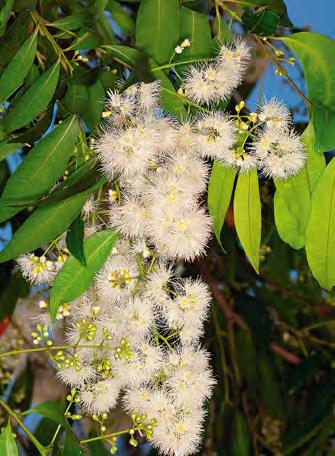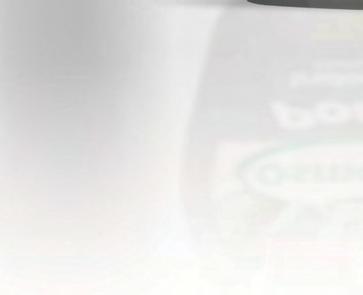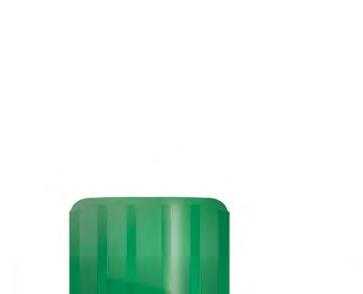
2 minute read
News, special buys and things to do
66 Plant pick
Dry spell
Tough enough to take the heat, these hardy natives are our favourites when water is scarce
False sarsaparilla A sprawling native covered with a sea of purple blooms in spring, this can creep up structures up to 2m tall. If left untrained, it will cascade over the sides of retaining walls or grow densely over garden beds. Plant in full sun or part shade and in well-draining soil. Prune back after flowering to keep it tidy.
Weeping lilly pilly This medium shrub or large tree has a beautiful lightly weeping habit. Its wavy-edged leaves start off pink and turn various shades of green as the foliage matures, and are the perfect backdrop for the fluffy white flowers that appear in summer. Once established, it can tolerate dry periods and little maintenance.
Lomandra With many varieties to choose from, this is one of the toughest native grasses. Its strappy foliage forms a tuft-like habit, which lends itself to a variety of uses, from specimen planting in pots or beds to mass plantings along borders. Honeyscented flower spikes, appearing from late winter, attract birds and wildlife; they can be spiny though, so remove if needed.
Native daisy The sweet daisy-like blooms on this native low-growing shrub are ideal for mass planting in rockeries, hanging baskets or filling in gaps in native or coastal garden beds. It’s an incredibly hardy flowering native and can tolerate periods of drought once established. ◆
FOR MORE PLANTS, VISIT
bunnings.com.au/plants
False sarsaparilla
(Hardenbergia violacea) Hardy once established, but will perform best with an annual dressing of a native controlled-release fertiliser.
Lomandra

(Lomandra spp.) Can tolerate full sun or dense shade and, once established, can go through periods of extended drought.
Weeping lilly pilly

(Waterhousea floribunda) Plant in a full sun to part shade position and water regularly at first to encourage fast growth.
Native daisy

(Brachyscome multifida) Soft mauve, lilac-blue or white flowers with yellow centres appear almost all year round and attract bees and butterflies.
























